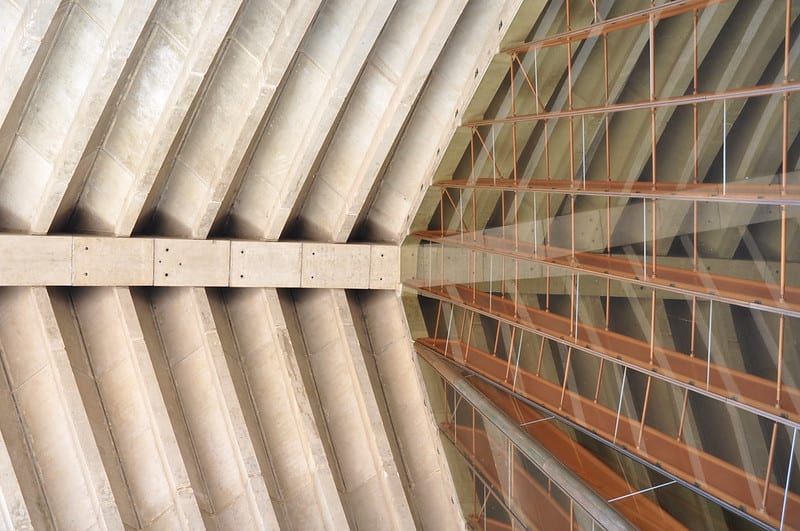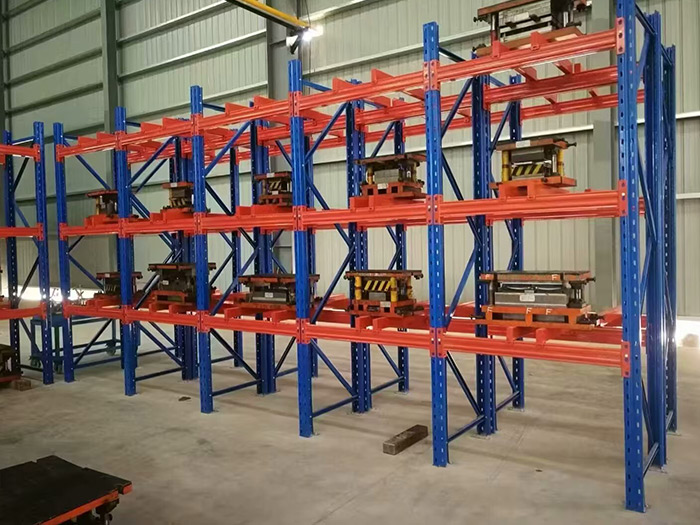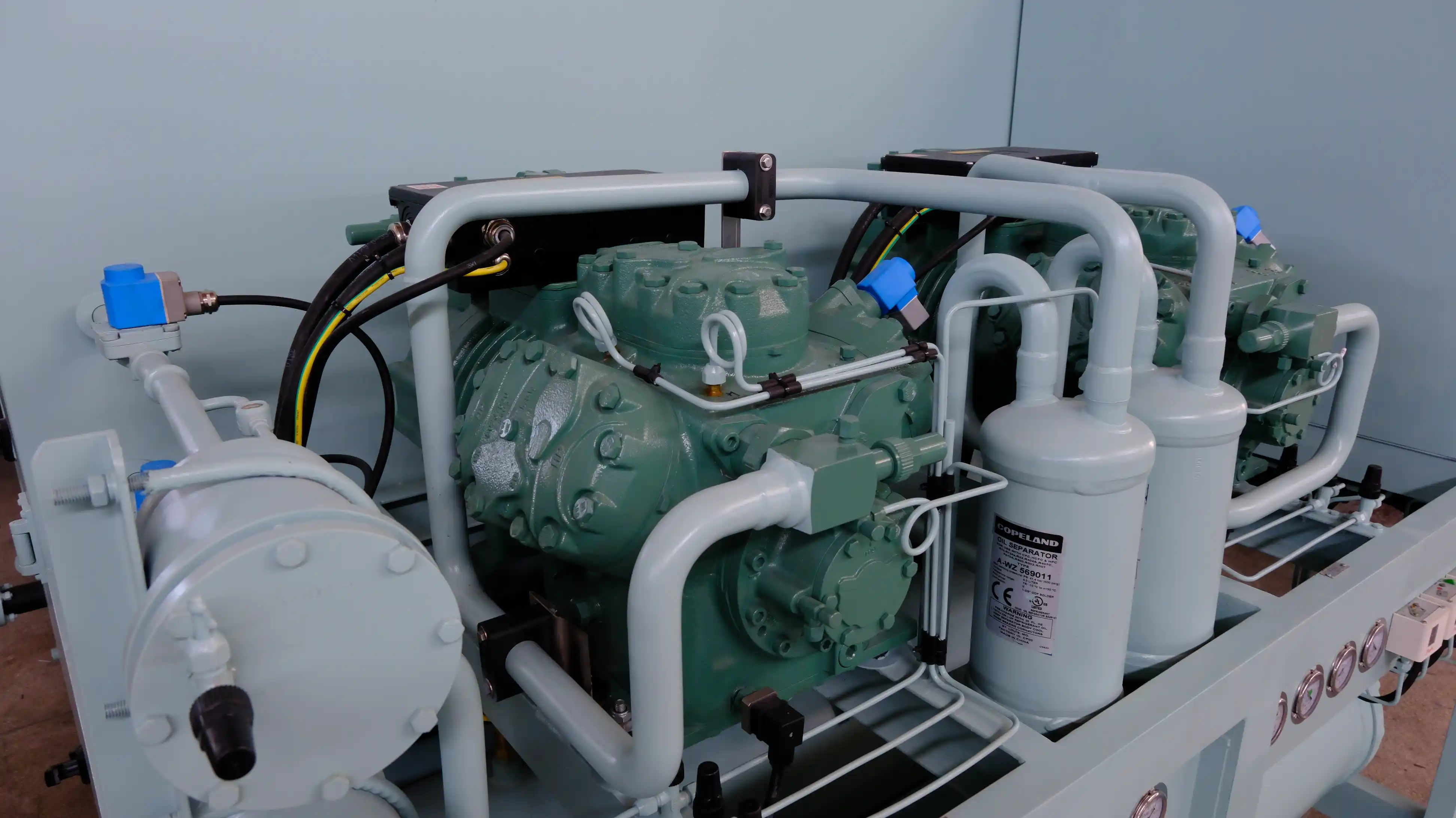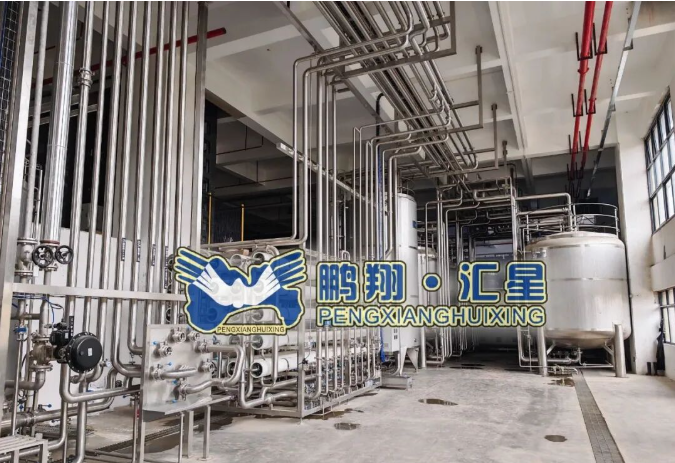The Four Essential Elements of Building Design

When it comes to building design, there are four main elements that must be considered to ensure a successful and functional structure. These elements are the foundation, structure, enclosure, and mechanical systems. Each of these elements plays a critical role in the overall design and functionality of a building.
- Foundation
The foundation is the base of any building and is responsible for supporting the weight of the structure. It is typically made of concrete or masonry and must be designed to withstand the weight of the building and any external forces, such as wind or earthquakes. The foundation must also be designed to prevent moisture from seeping into the building, which can cause damage over time. - Structure
The structure of a building is the framework that supports the floors, walls, and roof. It is typically made of steel, concrete, or wood and must be designed to withstand the weight of the building and any external forces. The structure must also be designed to provide adequate support for the mechanical systems and other equipment that will be installed in the building. - Enclosure
The enclosure of a building includes the walls, roof, windows, and doors. It is responsible for protecting the interior of the building from the elements, such as rain, wind, and snow. The enclosure must also be designed to provide adequate insulation to keep the interior of the building comfortable and energy-efficient. - Mechanical Systems
The mechanical systems of a building include the heating, ventilation, and air conditioning (HVAC) systems, plumbing, and electrical systems. These systems are responsible for providing a comfortable and safe environment for the occupants of the building. They must be designed to meet the specific needs of the building and its occupants, while also being energy-efficient and cost-effective.
In conclusion, the four essential elements of building design are the foundation, structure, enclosure, and mechanical systems. Each of these elements plays a critical role in the overall design and functionality of a building. By considering these elements during the design process, architects and engineers can create buildings that are safe, comfortable, and energy-efficient.



